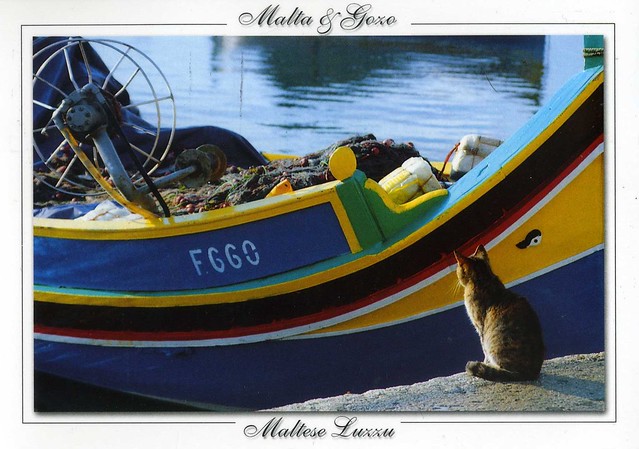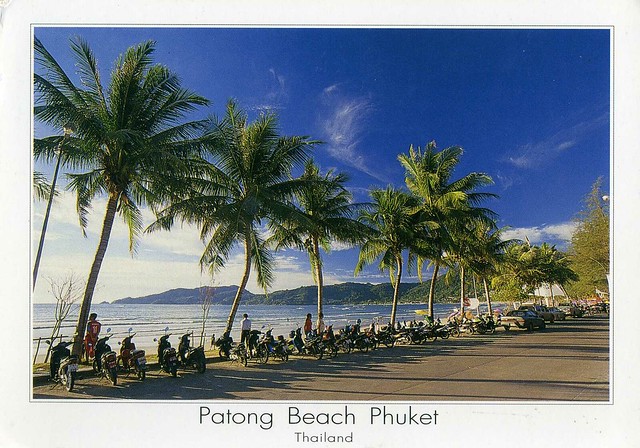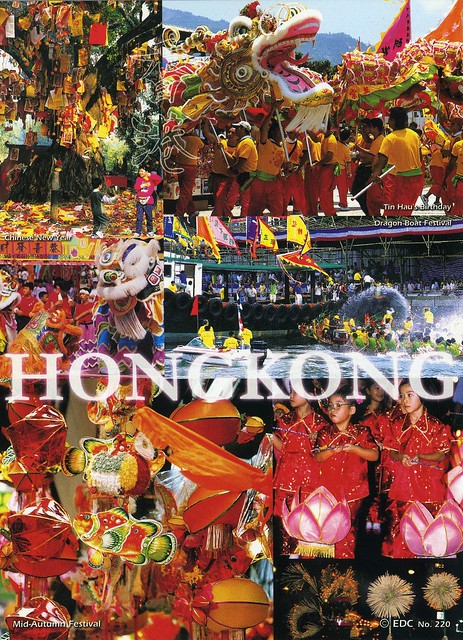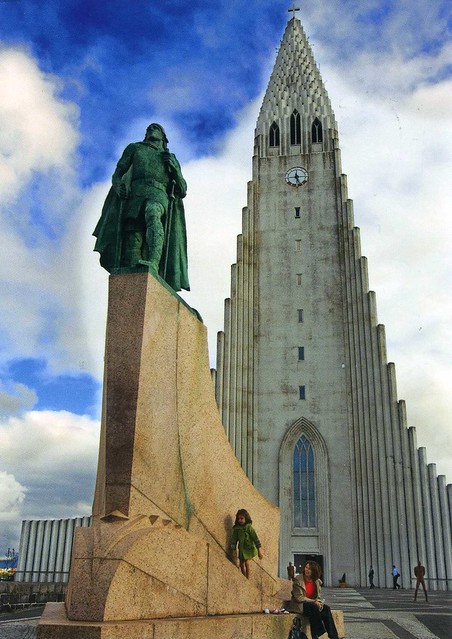
Mate, also known as chimarrão or cimarrón, is a traditional South American infused drink, particularly in Argentina, Uruguay, Paraguay, southern states of Brazil, south of Chile, the Bolivian Chaco, and to some extent, Syria and Lebanon. It is prepared from steeping dried leaves of yerba maté in hot water.
Mate is served with a metal straw from a shared hollow calabash gourd. The straw is called a bombilla in some Latin American countries, a bomba in Portuguese, and a bombija or, more generally, a masassa (type of straw) in Arabic. The straw is traditionally made of silver. Modern, commercially available straws are typically made of nickel silver, called Alpaca; stainless steel, or hollow-stemmed cane. The gourd is known as a mate or a guampa; while in Brazil, it has the specific name of cuia. Even if the water is supplied from a modern thermos, the infusion is traditionally drunk from mates or cuias.
As with other brewed herbs, yerba mate leaves are dried, chopped, and ground into a powdery mixture called yerba. The bombilla acts as both a straw and a sieve. The submerged end is flared, with small holes or slots that allow the brewed liquid in, but block the chunky matter that makes up much of the mixture. A modern bombilla design uses a straight tube with holes, or spring sleeve to act as a sieve.
Mate is traditionally drunk in a particular social setting, such as family gatherings or with friends. The same gourd and straw are used by everyone drinking. Passing this drink around to the people you're with is a symbol of friendship.

Jane sent this postcard from Peru, hence the Peruvian stamp.












 Maroon
Maroon 









































































































































































